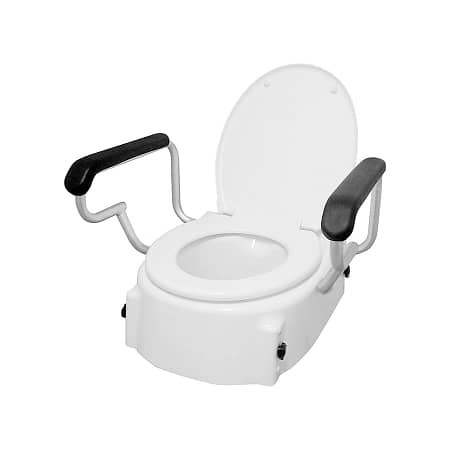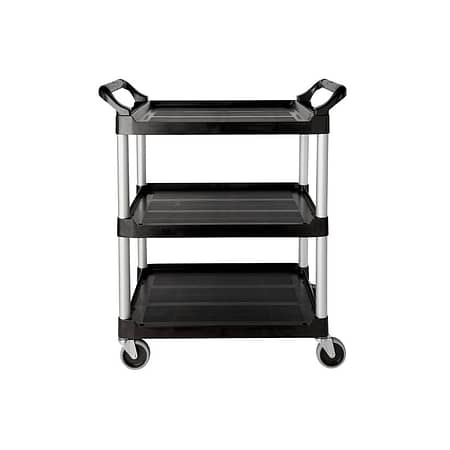What are the key features to look for when selecting orthotic shoes to improve foot comfort and support?
Understanding Orthotic Shoes
Selecting the right orthotic shoes is crucial for maintaining optimal foot health, providing the necessary support to alleviate discomfort and prevent further complications. Orthotic shoes are specially designed to offer targeted support and cushioning, thereby improving posture and ensuring overall foot comfort. They cater to various foot conditions by addressing specific needs, such as enhancing arch support, stabilising the heel, and distributing pressure evenly across the foot. By choosing the appropriate orthotic shoes, individuals can enjoy enhanced mobility, reduced pain, and a significant improvement in their quality of life, underscoring the importance of understanding and investing in orthotic footwear tailored to their unique foot structure and lifestyle requirements.
Key Features of Orthotic Shoes
Arch Support
Proper arch support is essential for orthotic shoes as it ensures the foot is aligned correctly, reducing strain and discomfort. This feature is particularly crucial for individuals with flat feet or high arches, as it helps distribute weight evenly across the foot, preventing pain and injuries.
Material and Cushioning
The choice of materials and the quality of cushioning in orthotic shoes play a pivotal role in comfort and foot support. Breathable, flexible materials combined with adequate cushioning can significantly enhance comfort, absorb shock, and protect the foot during movement, making daily activities more manageable and less taxing on the feet.
Heel Support
Heel support in orthotic shoes is vital for stabilising the rear part of the foot, providing a secure fit and preventing excessive movement that can lead to heel pain or plantar fasciitis. A well-designed heel cup offers added support and alignment, ensuring the foot remains in a healthy position with each step.
How to Choose the Right Orthotic Shoes
Assessing Your Foot Type and Needs
To select the right orthotic shoes, start by understanding your foot type and any specific conditions you might have, such as flat feet, high arches, or plantar fasciitis. This knowledge will guide you towards shoes designed to address your particular needs, ensuring you get the support and comfort necessary for healthy foot function.
Fitting and Size Considerations
Ensuring a perfect fit is crucial when choosing orthotic shoes. Consider trying on shoes later in the day when your feet are at their largest to account for natural swelling. Look for shoes that offer a snug, not tight, fit and provide enough room in the toe box to avoid cramping. Proper sizing is essential to enjoy the full benefits of orthotic footwear, including enhanced support and comfort.

Maintaining Your Orthotic Shoes
Care and Cleaning Tips
To extend the life of your orthotic shoes, regular care and cleaning are essential. Use a soft brush or cloth to remove dirt and debris. For specific material care, follow the manufacturer’s instructions. Allow shoes to air dry away from direct heat sources to prevent material damage. Regular maintenance not only keeps your shoes looking good but also preserves their structural integrity and support.
When to Replace Your Orthotic Shoes
Monitoring your orthotic shoes for signs of wear is critical. Look for worn-out soles, over-stretched materials, or diminished support. Typically, orthotic shoes should be replaced every 6 to 12 months, depending on usage intensity. Replacing your shoes timely ensures continuous foot support and comfort, preventing foot problems associated with worn-out footwear.





















